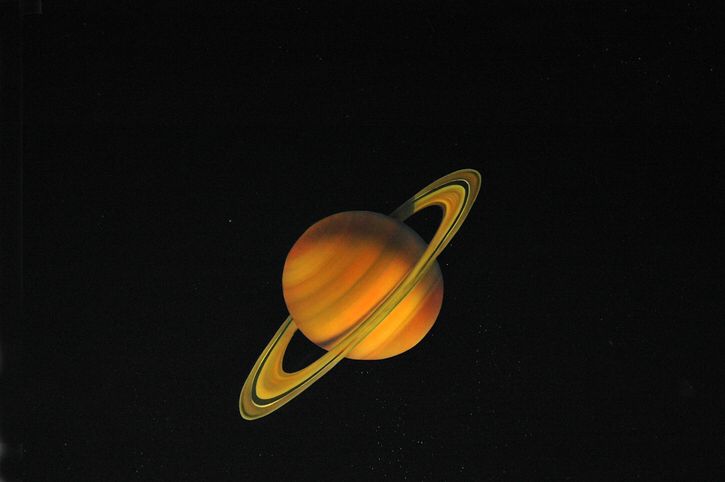Common Daily Habits That Could Be Harming Your Organs, Says Mumbai Surgeon
Astronomers Witness Rings Forming Around Icy Body Chiron
New Delhi | October 15, 2025
Astronomers have, for the first time, observed a ring system in formation around a small icy celestial body named Chiron, providing a rare opportunity to study how rings originate and evolve in the solar system. Chiron, formally designated (2060) Chiron, is a centaur object that orbits the sun between Saturn and Uranus, displaying characteristics of both asteroids and comets. It has a diameter of roughly 200 kilometers (125 miles) and takes approximately 50 years to complete one orbit around the sun. Centaurs are composed mainly of rock, water ice, and complex organic compounds.
The newly observed ring system around Chiron consists of four rings and surrounding diffuse material, marking a significant discovery for astronomers. Researchers obtained the latest data in 2023 using a telescope at Pico dos Dias Observatory in Brazil and compared it with earlier observations from 2011, 2018, and 2022. The study, published in the Astrophysical Journal Letters, confirmed the presence of three dense inner rings at 170 miles (273 km), 202 miles (325 km), and 272 miles (438 km) from Chiron’s center. A fourth, more distant ring was detected at about 870 miles (1,400 km) from the center, a feature that requires further observation to verify its stability. The inner rings appear embedded in swirling dust, forming a disk-like structure.
Analysis of the multiple observations revealed significant changes in the rings over time, demonstrating that the system is actively evolving. According to Chrystian Luciano Pereira, lead author and postdoctoral researcher at Brazil’s National Observatory, this provides a rare glimpse into the processes that govern the creation and evolution of ring systems. The rings are believed to be primarily composed of water ice with small amounts of rocky material, similar to Saturn’s rings. Water ice likely contributes to their stability by preventing particles from coalescing into a moon.
Chiron also exhibits occasional comet-like activity, ejecting gas and dust into space. In 1993, it displayed a small tail of material, reinforcing its hybrid characteristics. Researchers suggest that the rings may have formed from debris left over after a small moon around Chiron was destroyed, from other impacts, or from material ejected by Chiron itself. This evolving system offers astronomers a unique opportunity to study dynamical mechanisms that govern the formation of rings and satellites around small bodies, with potential insights into similar disk dynamics elsewhere in the universe.
While Saturn, Jupiter, Uranus, and Neptune have long been known to possess ring systems, discoveries over the past decade have revealed that some smaller bodies also host rings. Chiron joins centaur Chariklo and two icy bodies beyond Neptune, Haumea and Quaoar, in this exclusive group, demonstrating that ring formation is not limited to large planets but is a process that can occur wherever suitable physical conditions exist.
The observations were made using a stellar occultation technique, in which Chiron passed in front of a distant star, temporarily blocking its light. By measuring the dimming from multiple locations on Earth, astronomers were able to reconstruct Chiron’s environment and ring structure with kilometer-scale precision. This discovery sheds new light on the diversity and complexity of ring systems in our solar system and opens the door for further studies on the evolution of small celestial objects.
Astronomers Observe Rings Forming Around Icy Body Chiron
Astronomers have observed a ring system forming around Chiron, a small icy body orbiting between Saturn and Uranus. This marks the first time scientists have witnessed ring evolution in real time. Chiron, about 200 kilometers wide, has four rings, with three inner rings embedded in dust and a distant fourth ring requiring further study. The rings are likely composed of water ice and rocky material, similar to Saturn’s. Researchers used stellar occultation to map the rings with high precision. The discovery shows that ring formation is not limited to large planets and provides insight into celestial dynamics.














Add Comment